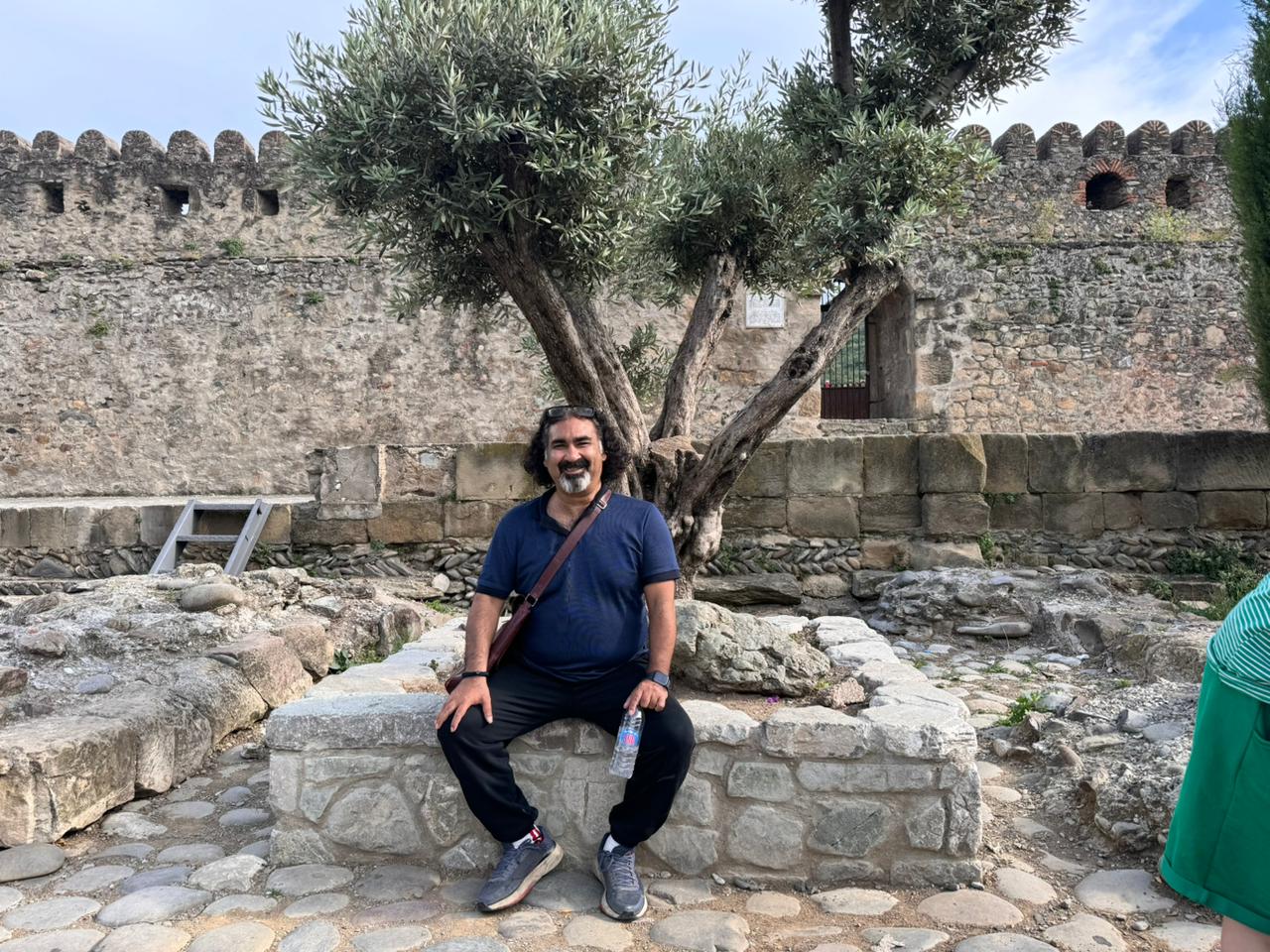Mtskheta is one of the oldest cities in Georgia, as well as one of the oldest continuously inhabited cities in the world. It is situated 20 km north of Tbilisi, at the confluence of the Mtkvari and Aragvi rivers.
Mtskheta was the ancient capital of Kartli and the place where Christianity was declared the official religion of Georgia. To this day, it remains the headquarters of the Georgian Orthodox and Apostolic Church. The historic monuments of Mtskheta are amazing, beautiful, and worth exploring for all travelers who visit Georgia.
Due to its strategic location, Mtskheta was a favored trade route with the Roman Empire. Even after the capital was moved to Tbilisi in the 6th century AD, Mtskheta continued to play a leading role as one of the important cultural and spiritual centers of the country.
The town is also the seat of the Jvari Monastery, a sixth-century monastery near Mtskheta. Built on top of Jvari Mount, the monastery is very serene and tranquil, making it a perfect place to meditate. It is said that an early 4th-century female saint named Nino, a female evangelist credited with converting King Mirian III of Iberia to Christianity, erected a large wooden cross on the site of a pagan temple. The cross was believed to perform miracles and drew pilgrims from all over the Caucasus. A small church was erected over the remnants of the wooden cross around 545 AD during the rule of Guram I, and it was named the Small Church of Jvari.
Mtskheta: The Ancient Capital of Georgia and the Jvari Monastery
In 914, during the Sajid invasion of Georgia, the church was burned by Arabs but survived with only minor repairs. The importance of Jvari increased over time and attracted many pilgrims. The complex was later fortified with a large gate.
The monastery has some fantastic fresco paintings, and visitors can light candles and pray to the Lord Jesus or Mother Mary.
“I like the way you respect our culture and God, Anuj,” Nino said to me. She had been watching me from afar and saw how humbly I had gone on my knees and offered my prayers to the Lord Jesus Christ. I would fold my hands and bow my head, sometimes even kneeling, to pay respects to the Lord Jesus. Nino felt that I was a humble man who gave a lot of respect to their religion and to the Lord Jesus himself.
Nino and I wandered around the place, taking pictures and chatting about the history of the monastery until late evening, when it was time for us to move on to our next destination.





























